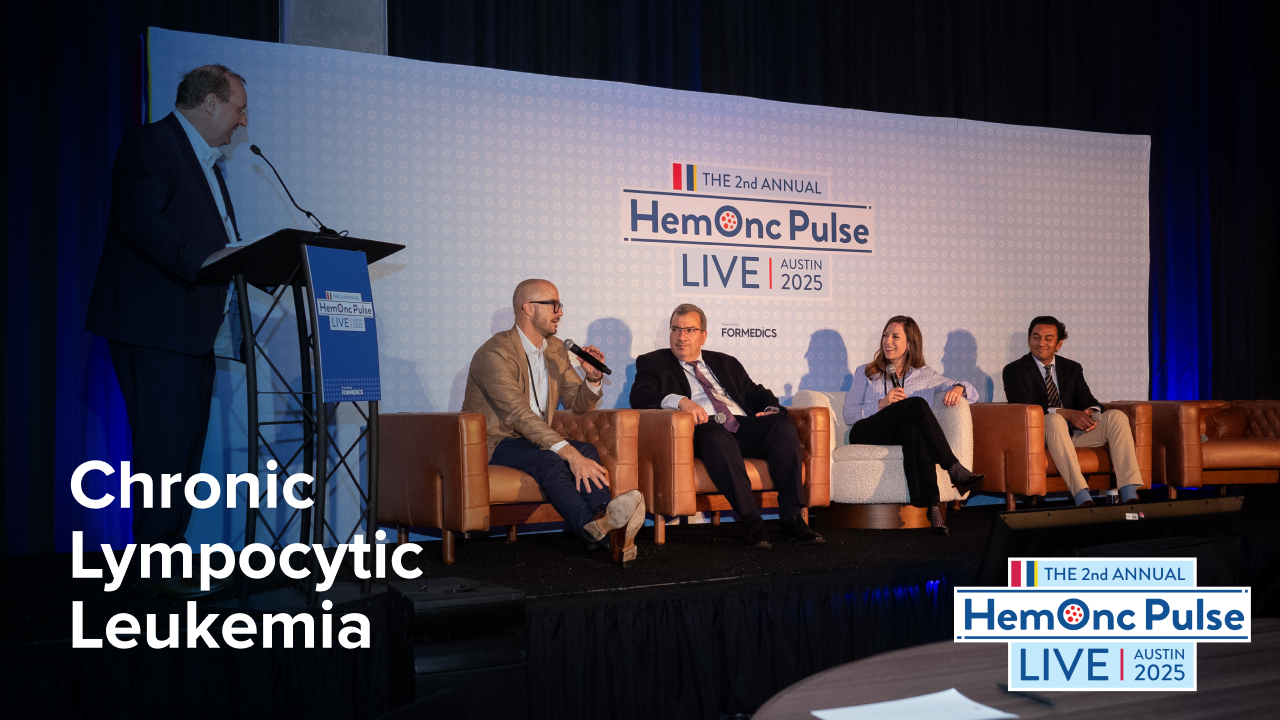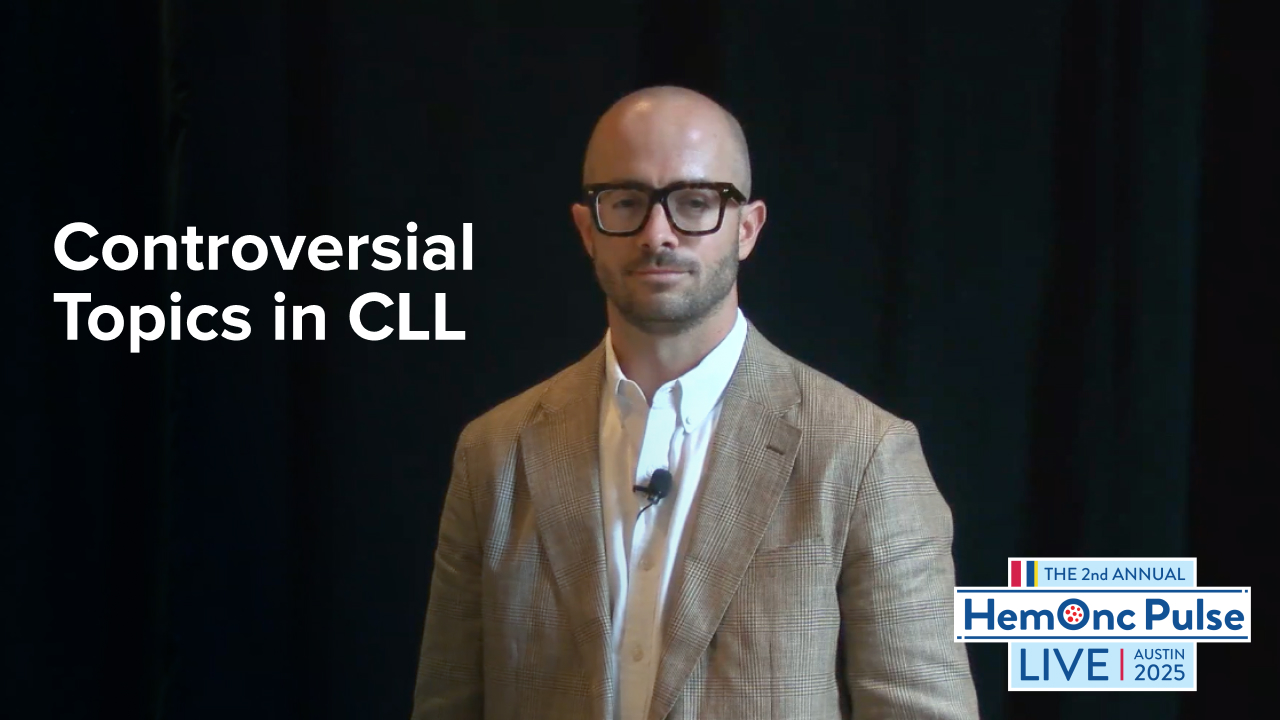
Jorge Cortes, MD, Director of the Georgia Cancer Center at Augusta University,
presented research during the 2022 SOHO Annual Meeting, including the abstracts “The Financial Toxicity of FDA Drugs Approved for Malignant Hematology” and “Post Hoc Analysis of Responses to Ponatinib in Patients With Chronic-Phase Chronic Myeloid Leukemia (CP-CML) by Baseline BCR::ABL1 Level and Baseline Mutation Status in the OPTIC Trial.” Blood Cancers Today discussed the research on treatment costs for hematologic malignancies and the post hoc analysis of the OPTIC trial with Dr. Cortes.
Assessing the Costs of Drugs for Hematologic Malignancies
A one-month supply of FDA-approved treatments for patients with hematologic malignancies can cost tens of thousands or even hundreds of thousands of dollars, according to your research. What can be done to address this issue?
It is a very complicated issue. On the one hand, we understand that clinical research for drug development is very expensive, and that’s part of the cost of the drugs. On the other hand, patients who need it, many times, don’t have access to these drugs. If you have insurance, you probably are in a better situation. Although even in those instances, there are many patients who have very high copays. If you have to pay 30% of the cost of a $10,000 drug, it’s still a lot of money that most people cannot afford. If you don’t have insurance, there’s a big problem. There are some programs that can help. Some drug companies have patient support programs. Some nonprofit organizations help patients try to get the drugs or help with their copays.
We need to work on some mechanism where the cost of the drugs is better adjusted to what can be achievable. Because developing new drugs that are so effective and can prolong life or save lives, but that you cannot afford, it really doesn’t help. This takes a very comprehensive effort from lots of parties, from the state to the drug companies to other organizations to try to find a mechanism where these drugs cost less. This is particularly relevant for drugs that are chronic. It’s one thing to say it’s $10,000 a month, and you’re going to need to do it for six months. You can think about a loan or something like that. It’s a lot of money, and it has its own implications, but at least it ends there. When you have to take it for years, it just becomes unsustainable for the overwhelming majority. Even if you have insurance, somebody’s paying for that, and it’s still not a good proposition.
What are some of the clinical challenges related to the high cost of these treatments?
We unfortunately see a lot of inadequate treatment because of this. Because patients do not have insurance, they cannot get the drug they need. Sometimes insurance will cover only one drug instead of another that may be more appropriate. Other times, patients stop treatment temporarily to try to stretch their drugs longer. It clearly affects patient care. When you’re talking about drugs that we know are potentially helpful, it becomes even more meaningful. The other thing that needs to be addressed is the issue of the value of the drug. Perhaps, we need to put the cost of the drug in relation to what it really adds to a patient. Because if it prolongs their life for two or three months, perhaps the value is not as great as a drug that may be more potentially curative, for example. It definitely is impacting our patient care.
What do you hope to see accomplished, regarding the cost of these treatments, in the next five to 10 years?
One thing that’s good is that we’re talking more about this. I think the problem and the impact it has on patients has become clearer, and we’re starting to see some action. For example, there’s recent legislation proposing that Medicare can negotiate the cost of drugs. You want to respect their ability to develop new drugs, but what we need to come to is a solution that’s really meaningful and impactful, that’s not just giving vouchers. It has to be a really comprehensive solution, where the access to drugs becomes universal, where it doesn’t matter who you are and what insurance you have; everybody would have access to a drug, particularly drugs that have the greatest value. I hope that it doesn’t stop there, and it extends to all these potentially life-saving drugs.
Analyzing Mutation Impact on Response in the OPTIC Trial
What do you see as the most important finding from your post hoc analysis of the OPTIC trial?
This post hoc analysis looked at the impact of mutations on patients’ outcomes. In the OPTIC trial, we looked at different starting doses of ponatinib, trying to find what the right balance is between efficacy and safety. Essentially, we see that ponatinib 45 mg is the most effective dose, and it maintains an adequate level of safety with these dose adjustments, based on the efficacy. This analysis provides additional tools to let us manage the drug more adequately for individual patients. When we talk about individualizing care and personalized medicine, it’s not just about what drug to select, but how best to manage a patient. This provides that guidance and tells us where the greatest value is for the 45-mg dose versus other doses. You lose more, for example, on patients who have T315I mutation if you start with a lower dose than on patients who may have other mutations or no mutations, even though there’s still a greater benefit with the 45-mg dose in those settings.
How can this analysis of the OPTIC trial inform clinical practice and future lines of research?
It influences clinical practice by giving objective data as to how much do I gain and how much do I lose by selecting this dose based on my individual patients? We have been doing this selection somewhat empirically, based on our assumptions, hopes, and expectations. But now we have data. That makes it much easier to manage a patient, when you can discuss with your patient, “If we do this dose, this is the benefit; this is the risk.” You can evaluate that with your patient and make the best decision. It informs that perhaps a fixed dose is not the same for every patient. We should be doing more of these kind of explorations. We should be doing everything from exploring different starting doses to adjusting the doses down once the patient responds to see how different patient or disease characteristics affect the risk-benefit ratio for individual doses. All of these lines of research should be incorporated into many other drugs that have similar features and help us manage the patients better, rather than doing it empirically, based on just extrapolating from what we think.
What do you see as the major challenge in treating patients with CP-CML?
Unfortunately, we still have some patients who have resistance to multiple therapies. The issue of arterial-occlusive events is a real challenge for patients who have risk factors for these events. It’s a real challenge, because many patients have those risk factors. They’re either diabetic or hypertensive, they smoke or have high cholesterol—any of these risk factors. Also, many of these drugs share that potential to increase the risk of developing these arterial-occlusive events, some more than others, but it is almost across the board. This data helps us manage that, but it’s still a challenge we face for many patients in this context of multi-resistant disease.






 © 2025 Mashup Media, LLC, a Formedics Property. All Rights Reserved.
© 2025 Mashup Media, LLC, a Formedics Property. All Rights Reserved.